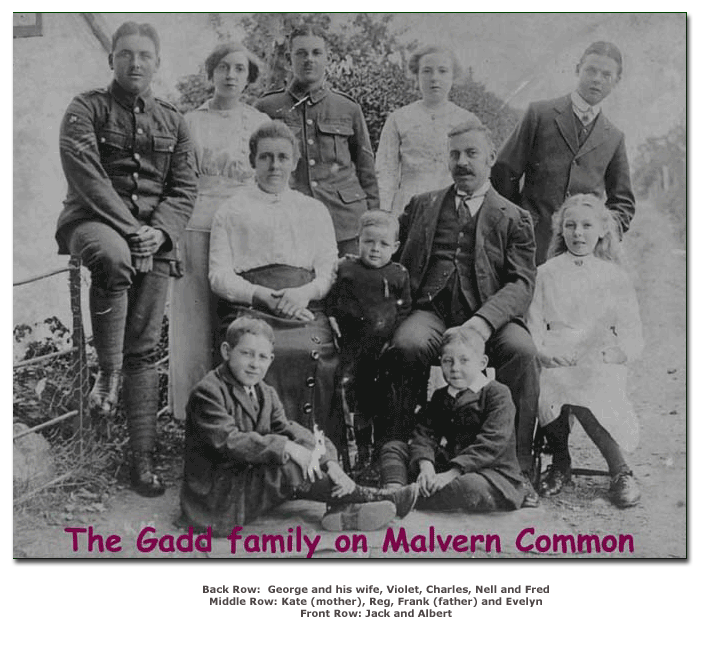|
| |
 I would have liked to be out on the course every day, but life was by no means all fun and games for us youngsters, particularly after Mum died in 1918, when I was just nine years old. The elder of my two sisters took on the role of mother to our large family, until she married. Wages in those days were far from princely and it was very hard for my father bringing up a family on his own in a period of post-war austerity. Everyone in our small house was expected to make a contribution to the household budget and there was always work to be done. My day started when Dad got up to go to his job with the local Council, usually around 6.30 am. I had a job at one of the big houses at the other end of the town, which entailed a walk of some two miles. There I was required to clean the family’s shoes, polish the cutlery, fill the coalscuttles and do other little jobs around the house. I received the sum of two shillings and sixpence a week (12˝ p) and breakfast on school days – usually a thick slice of bread and something and a mug of tea. School was about a mile back in the direction of home and afterwards I went on to another big house nearby to do the same kind of work. It was then a short walk home, but that was not the end of the day’s work – not by a long chalk! We had a big garden at the back of our cottage and a very large plot in the allotment, well stocked with vegetables, fruit trees and bushes and we were expected to take our share of the gardening. By the time we had finished, usually about 8-8.30 p.m., bed was the only thing we wanted. It was a hard life, very different to the one a young aspiring golfer experiences today, but typical of the average working class family in our community. There was very little time left to play or practise. We did go to the club on Saturdays and holidays to earn a little extra money by caddying for the members, but that was not as simple as it sounds. Before you could join the caddie ranks someone, usually a parent or relation, had to speak to the professional on your behalf. He would then put you through an examination. You were required to have good eyesight and be able to find balls in the rough. Before the advent of tee pegs the ball was teed up on sand and you had to know how to make a high or low tee for your player if required, with the special twist of the fingers that made a perfect tee. Each tee had a box of sand provided for this purpose; you can still see them on some courses, now serving as tee markers and being used as receptacles for litter, although much of that seems to be deposited on the course these days. If the professional decided that you were suitable your name would be entered in his register, initially as a second-class caddie. You received a fee of one shilling (5p) for each job and the professional took a booking fee of a penny. After a year or so you could apply to be up-graded to first class, which involved a more severe examination of your capabilities. Clubs were not numbered then and you had to know all the clubs by name – Driver, Brassie, Spoon, Baffy, Cleek, Driving iron, Mid iron, Light iron, Mashie, Jigger, Niblick and a few more besides. I can well remember how the examination ended. NEXT |
